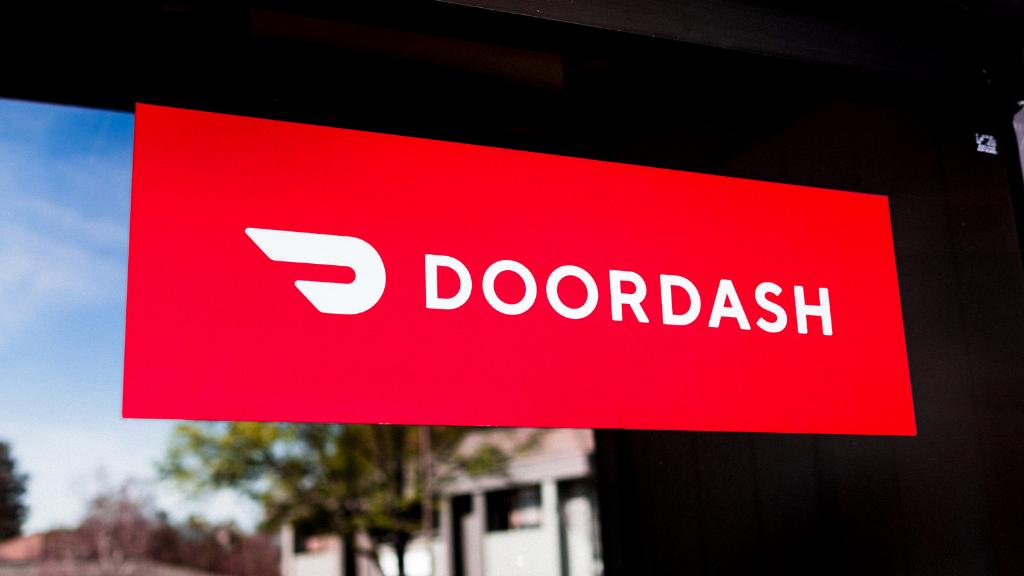When it comes to being a Dasher on Doordash, the question of acceptance rate often arises. Many Dashers wonder if their acceptance rate really matters, or if it’s just a number that doesn’t hold much weight. Let’s delve into this topic and explore the importance of acceptance rate on the Doordash platform.
Impact on Delivery Opportunities
One key aspect to consider is how your acceptance rate affects the delivery opportunities that come your way. While Doordash doesn’t impose a strict minimum requirement for acceptance rate, consistently declining delivery requests can result in fewer opportunities being offered to you. This can ultimately impact your earning potential as a Dasher.
Customer Experience
Another crucial point to consider is the impact of acceptance rate on the overall customer experience. By consistently rejecting orders, you may be contributing to late deliveries, which can lead to customer dissatisfaction. Customers expect timely deliveries, and a low acceptance rate could potentially result in negative ratings and feedback.
Merchant Relations
Acceptance rate also plays a role in the relationship between Dashers and merchants. When orders are consistently declined, it can result in delays in food pickup, leading to unhappy merchants. Maintaining a healthy acceptance rate can help ensure smooth interactions with the restaurants and stores you pick up orders from.
Efficiency and Time Management
Having a balanced acceptance rate is essential for efficient time management as a Dasher. By accepting a reasonable number of orders, you can optimize your delivery routes and maximize your earnings. A low acceptance rate may lead to inefficiencies in your delivery process.
Rating and Performance
Your acceptance rate can also impact your overall performance and ratings on the Doordash platform. Consistently rejecting orders may reflect poorly on your reliability as a Dasher, which can in turn affect your ratings and ultimately your ability to receive preferred delivery opportunities.
Striking a Balance
It’s important to strike a balance when it comes to your acceptance rate on Doordash. While it’s okay to decline orders occasionally for valid reasons such as distance or complexity, consistently maintaining a high acceptance rate can lead to more favorable outcomes in terms of earnings, customer satisfaction, and overall performance.
Communication and Transparency
If you find yourself frequently declining orders, it may be helpful to communicate with the Doordash support team to address any concerns or issues you may have. Transparency about the reasons for declining orders can help in finding solutions that work for both you and the platform.
Effects on Earnings
Your acceptance rate can directly impact your earnings as a Dasher. By accepting a higher percentage of orders, you are likely to receive more consistent delivery opportunities, leading to a higher income potential. Balancing your acceptance rate can contribute to a more stable and rewarding experience as a Dasher.
Long-Term Success
When considering the importance of acceptance rate on Doordash, it’s essential to think about your long-term success on the platform. Building a positive reputation through reliable service and a balanced acceptance rate can open up more opportunities for growth and success as a Dasher.

Conclusion
In conclusion, while there is no strict requirement for acceptance rate on Doordash, it does hold significance in various aspects of your experience as a Dasher. From impacting delivery opportunities and customer satisfaction to influencing your earnings and long-term success, maintaining a balanced acceptance rate is key to thriving on the platform.
